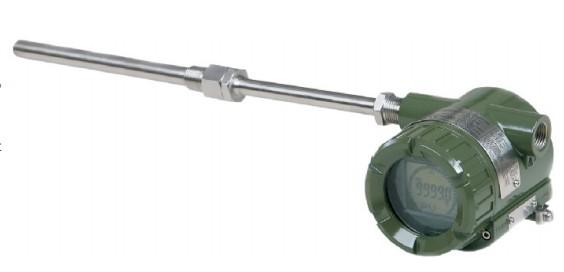What is Temperature Transmitter ?
Temperature Transmitter
A temperature transmitter is an electrical instrument that interfaces a temperature sensor (e.g. thermocouple, RTD, or thermistor) to a measurement or control device (e.g. PLC, DCS, PC, loop controller, data logger, display, recorder, etc.). Typically, temperature transmitters isolate, amplify, filter noise, linearize, and convert the input signal from the sensor then send (transmit) a standardized output signal to the control device. Common electrical output signals used in manufacturing plants are 4-20mA or 0-10V DC ranges. For example, 4mA could represent 0°C and 20mA means 100°C.

Temperature Transmitter Inputs
A thermocouple sensor is a pair of dissimilar metal wires joined at one end. The junction produces a low level voltage proportional to the difference in temperature between the open and closed ends.
An RTD or Resistance Temperature Detector is a passive circuit element whose resistance increases with increasing temperature in a predictable manner.
As a transmitter professional, what we can supply include Yokogawa and Rosemount pressure transmitter, temperature transmitter, flow transmitter, flowmeter, etc. If you want more information about our products, welcome to contact us immediately.
- Pre:Zero Check on Differential Pressure Transmitter 2015/12/18
- Next:India Exhibition-2013 2013/8/9
